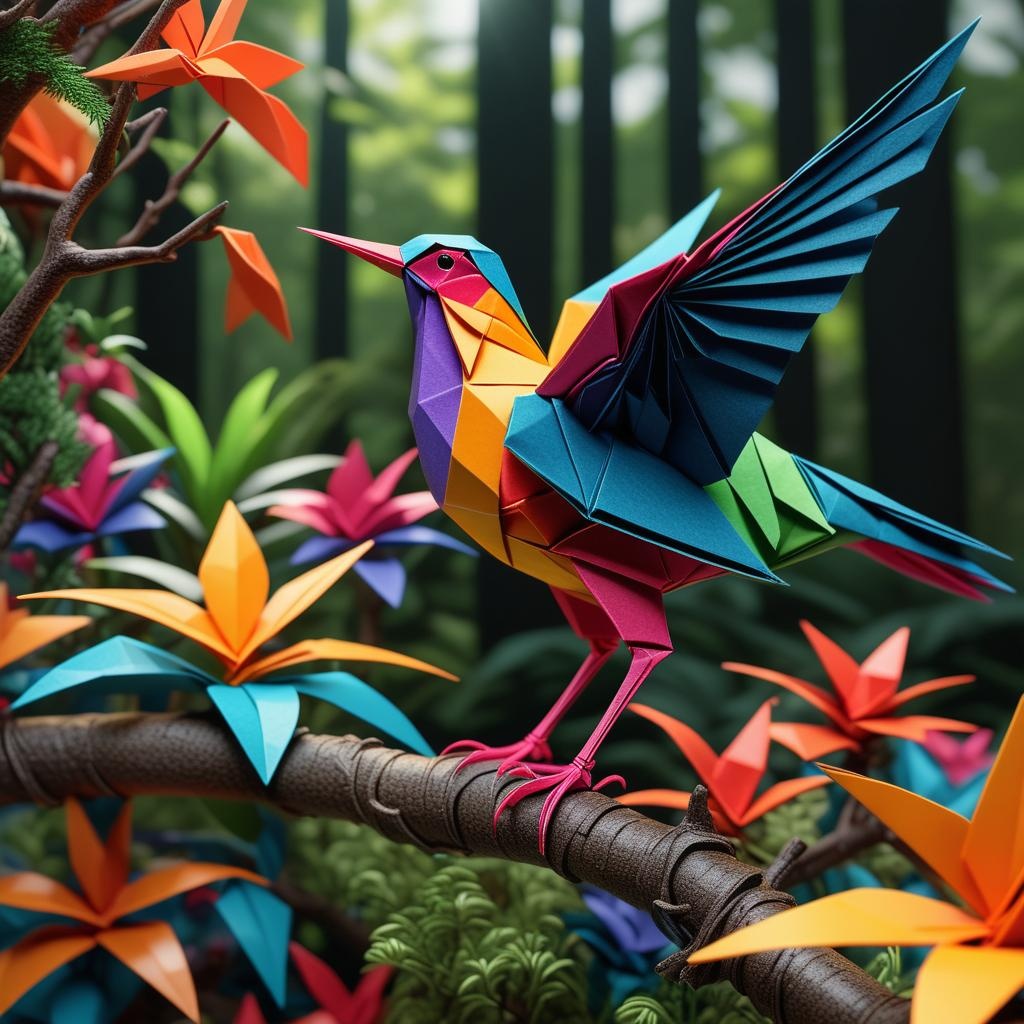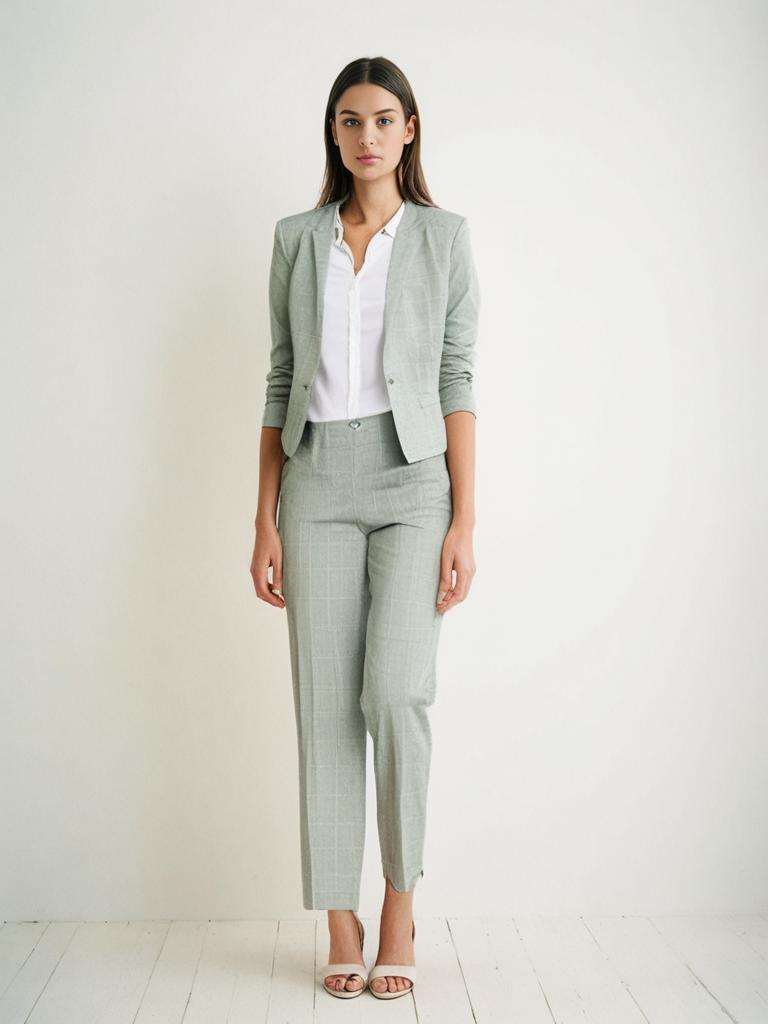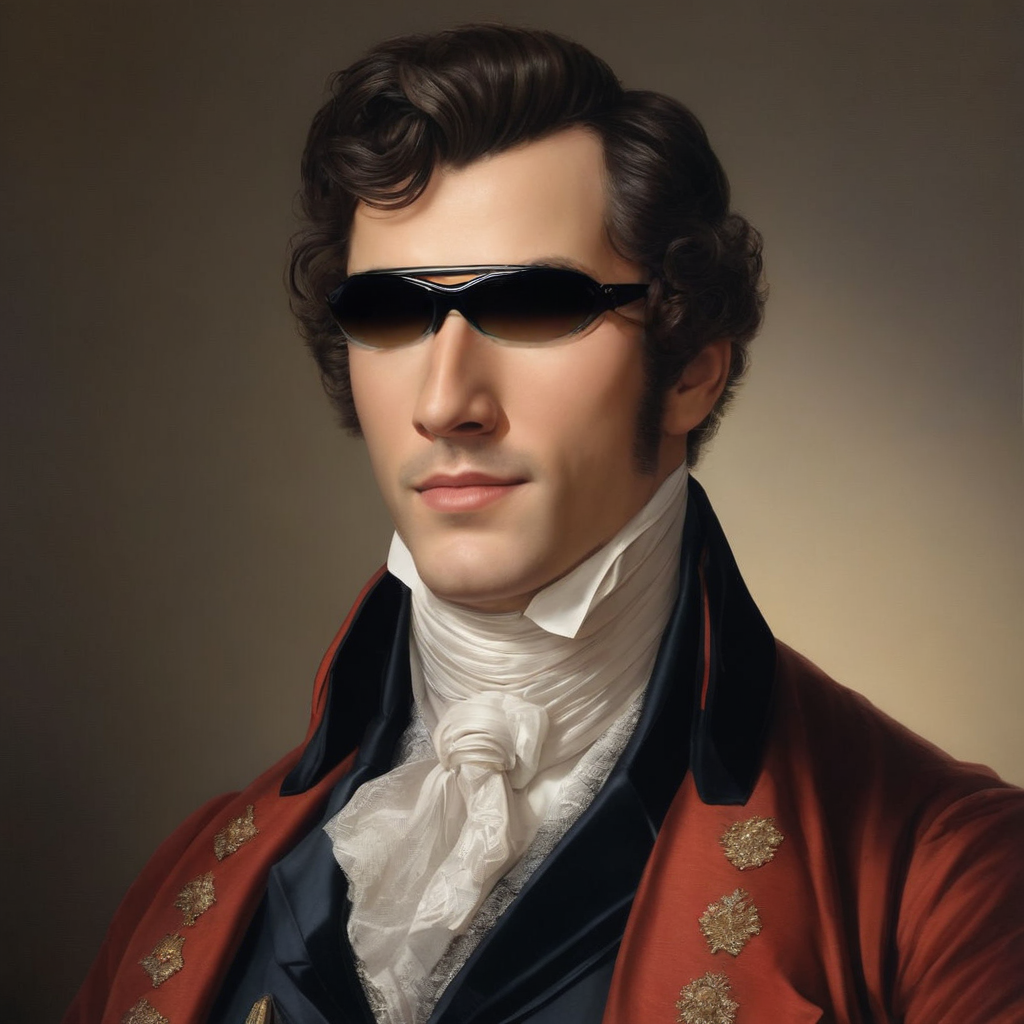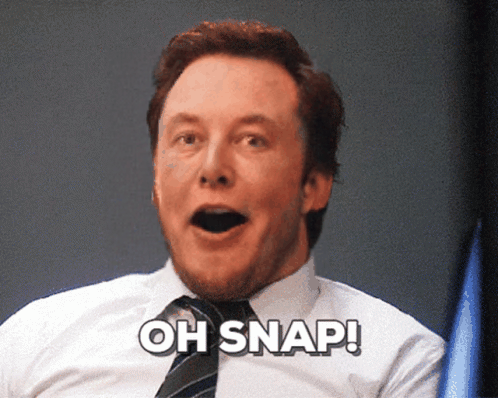Cog Video: Pioneering Text-to-Video Generation
Cog Video represents a significant advancement in the field of video generation. This model is designed to convert textual descriptions into high-quality, coherent video sequences, leveraging state-of-the-art deep learning techniques. Cog Video’s architecture is built upon the principles of transformer models, which are known for their efficiency and scalability in handling large datasets and complex tasks.
Key Features
-
Text-to-Video Synthesis: Cog Video excels in generating videos from textual inputs, making it a powerful tool for content creators, educators, and entertainment industries.
-
High-Quality Output: The model produces videos with high resolution and smooth transitions, ensuring a visually appealing output.
-
Scalability: Built on a robust architecture, Cog Video can handle extensive datasets, making it suitable for large-scale applications.
-
Versatility: It supports a wide range of video genres and styles, from realistic scenes to animated sequences.
-
Performance: Demonstrates superior performance in generating coherent and contextually accurate videos from textual descriptions.
Applications
-
Content Creation: Ideal for generating video content for social media, marketing, and educational purposes.
-
Virtual Reality: Enhances VR experiences by creating immersive video content based on user inputs.
-
Entertainment: Used in the film and gaming industries to create dynamic and engaging video sequences.
Cog Video sets a new benchmark in the video generation domain, offering unparalleled capabilities and applications. Its innovative approach and robust performance make it a valuable asset for various industries looking to leverage AI for video content creation.
Other Popular Models
sdxl-img2img
SDXL Img2Img is used for text-guided image-to-image translation. This model uses the weights from Stable Diffusion to generate new images from an input image using StableDiffusionImg2ImgPipeline from diffusers

idm-vton
Best-in-class clothing virtual try on in the wild

sdxl-inpaint
This model is capable of generating photo-realistic images given any text input, with the extra capability of inpainting the pictures by using a mask

sd2.1-faceswapper
Take a picture/gif and replace the face in it with a face of your choice. You only need one image of the desired face. No dataset, no training
